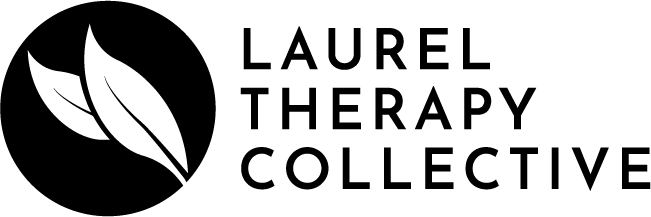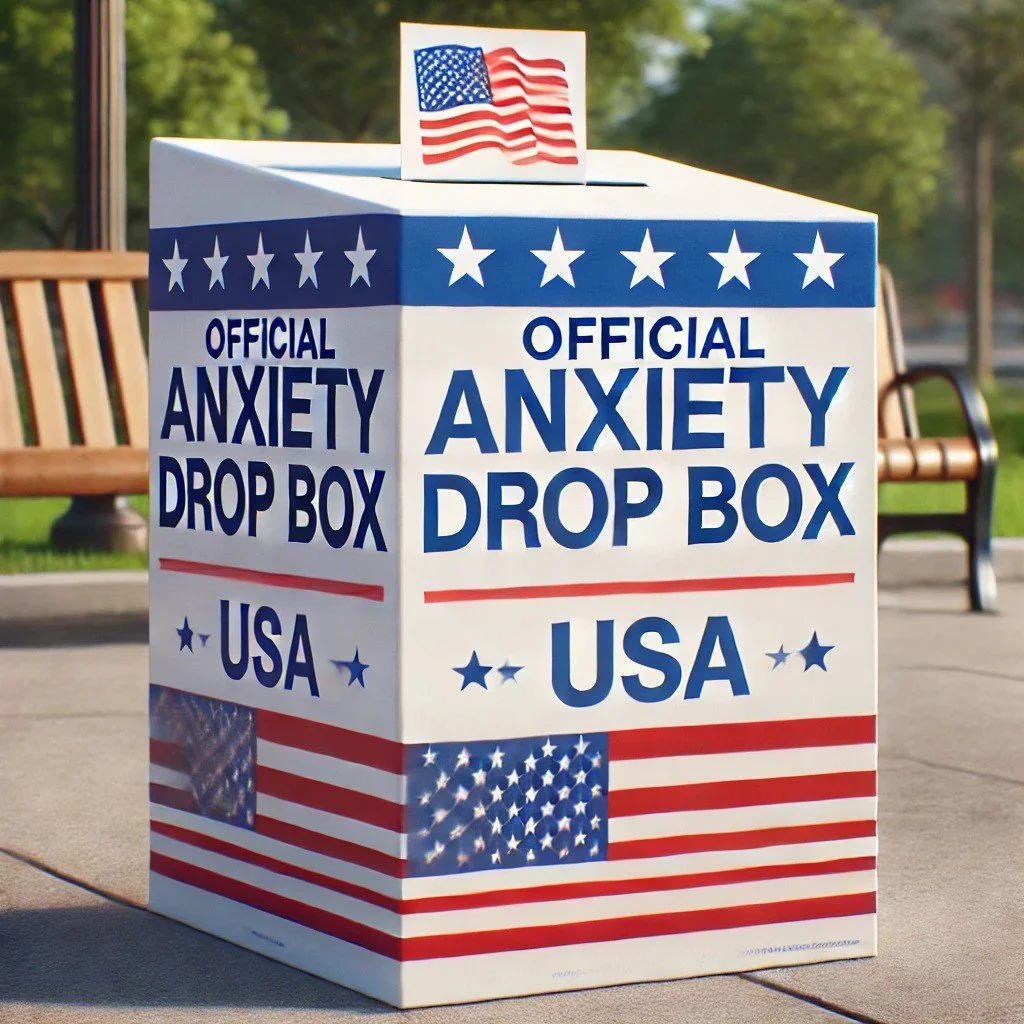How to Make Friends with Your Nervous System: Holistic Therapy for Anxiety
If you live with anxiety, your nervous system often feels like it's in overdrive. Racing thoughts, tension in your chest, trouble sleeping, and a constant sense of urgency become part of daily life until you start to believe that’s just how you are.
But what if anxiety wasn’t something to fight, fix, or suppress? What if you could make friends with your nervous system instead, and by doing so, calm it?
How To Partner With Your Nervous System And Tame Anxiety For Good
Here are six ways to begin building a healthier relationship with your anxiety by learning how to listen to what your body needs.
1. Slow Down
The first step to calming your nervous system isn’t to push through, it’s to pause. So many of us try to manage anxiety by doing more, thinking harder, or staying busy. But anxiety thrives in urgency.
Slowing down creates the conditions for safety. It allows your body to exit fight-or-flight and begin shifting into a calmer state. Holistic therapy often starts with cultivating slowness: not just in your schedule, but in how you breathe, speak, eat, and relate to yourself.
Try this: Take five deep belly breaths before you check your phone or open your laptop in the morning. Notice how even 30 seconds of stillness can change your internal pace.
Slowing down is also something to consider on a macro level. Most people lead busy lives. Are there things you can pause or let go of to slow down your pace of life? Your nervous system will thank you for it.
2. Practice Noticing Without Judgment
Mindfulness doesn’t mean clearing your mind of all thoughts. It means becoming aware of what you’re experiencing without reacting or judging it. When you start to observe your anxious thoughts rather than merge with them, you create space for choice.
In holistic therapy, mindfulness is woven into the therapeutic process. We help you recognize thought patterns, track emotional triggers, and develop the capacity to be with discomfort without getting swept away by it. Present moment awareness is powerful and doesn't take much time.
Over time, mindfulness helps you reclaim your inner authority and respond to anxiety with compassion rather than fear.
3. Tune Into Somatic Cues
Your body holds wisdom your mind often overrides. That tightening in your stomach, the restlessness in your legs, the shallow breath—these are all signals from your somatic nervous system, asking for attention.
In holistic therapy, we help you learn the language of your body. You begin to recognize what activation feels like, how your body says “yes” and “no,” and what helps you settle.
This practice of listening to your body is foundational for anxiety healing. It allows you to respond in the moment, rather than waiting until you're overwhelmed. It also allows you to partner with your nervous system before you're overwhelmed; when you know your warning signs, you can take care of yourself earlier.
You can also try Progressive Muscle Relaxation to help connect with your body in a positive, calming way.
4. Seek Out Co-Regulation
Humans are wired for connection. One of the most powerful tools for soothing anxiety isn’t something you do alone. It’s something that happens between people.
Co-regulation refers to the process of calming your nervous system through safe, attuned relationships. This can look like making eye contact with a trusted friend, hugging your partner or pet, or being in the presence of someone who feels grounded.
In holistic therapy, your therapist becomes a co-regulating presence—helping you feel safe enough to slow down, feel your feelings, and explore your internal world without fear.
Outside of therapy, building co-regulation into your life might include cuddling with a pet, spending time in nature, or even singing in a group.
5. Use Gentle Movement to Discharge Energy
Anxiety is often a build-up of unprocessed energy in the body. Gentle movement gives that energy somewhere to go.
Unlike intense workouts (which can sometimes increase anxiety), slow, intentional movement helps reset the nervous system. This might include:
Stretching
Walking
Yoga or tai chi
Shaking or swaying
Dancing to slow music
In holistic therapy, we may invite movement into sessions, or help you develop a movement routine that feels supportive and intuitive. The goal is never performance. It’s release, regulation, and reconnection with your body.
6. Partner With Your Nervous System, Not Against It
Most of us are taught to either power through anxiety or shut it down. We tell ourselves to "calm down," "get over it," or "just stop worrying." But here’s the truth: your nervous system isn’t trying to sabotage you—it’s trying to protect you.
In holistic therapy, we shift from seeing the nervous system as the enemy to viewing it as an ally. When anxiety shows up, we ask:
What is my body trying to communicate?
What need is going unmet right now?
Can I offer myself compassion instead of criticism?
Partnering with your nervous system means tuning in instead of tuning out. It means learning your unique signals and creating rituals, routines, and support systems that help you feel safe, grounded, and empowered.
When you stop ignoring your nervous system—and start partnering with it—you gain access to your body’s built-in intelligence and resilience.
The Difference Between Anxiety and Trauma
While anxiety and trauma often overlap, they aren’t the same thing—and treating them as if they are can lead to frustration or ineffective care.
Anxiety tends to be future-focused: worrying about what might happen. It’s often generalized and ongoing.
Trauma is rooted in the past: the body’s response to reminders of overwhelming experiences that weren’t fully processed at the time. It often shows up as triggers, emotional flashbacks, or sudden dysregulation that seems out of proportion.
In holistic therapy, we tailor the work to your needs. If anxiety is your primary concern, we focus on regulation skills, nervous system balance, and cognitive flexibility. If trauma is present, we approach it using modalities like EMDR therapy, parts work, or resourcing to build stability before revisiting any past events.
Understanding the distinction between anxiety and trauma helps us choose the right tools at the right time—so your healing feels empowering, not overwhelming.
Final Thoughts On Partnering With Your Nervous System
Anxiety doesn’t make you broken. It makes you human. Your nervous system is simply trying to keep you safe in the only way it knows how. The good news? You can teach it a new way.
Holistic therapy offers a compassionate, full-body approach to healing anxiety—one that respects your biology, your story, and your capacity to grow. It’s not about eliminating anxiety overnight. It’s about learning how to relate to it differently—so it no longer runs the show.
Looking for a holistic therapist?
We offer holistic therapy for anxiety that blends neuroscience, somatic practices, and mindfulness-based techniques. Whether you're seeking an anxiety therapist in Los Angeles, San Francisco, or online across California, our approach goes beyond talk therapy alone to support healing at the nervous system level.
Book a free consultation today to get started with a compassionate anxiety therapist who sees all of you—not just your symptoms.



























